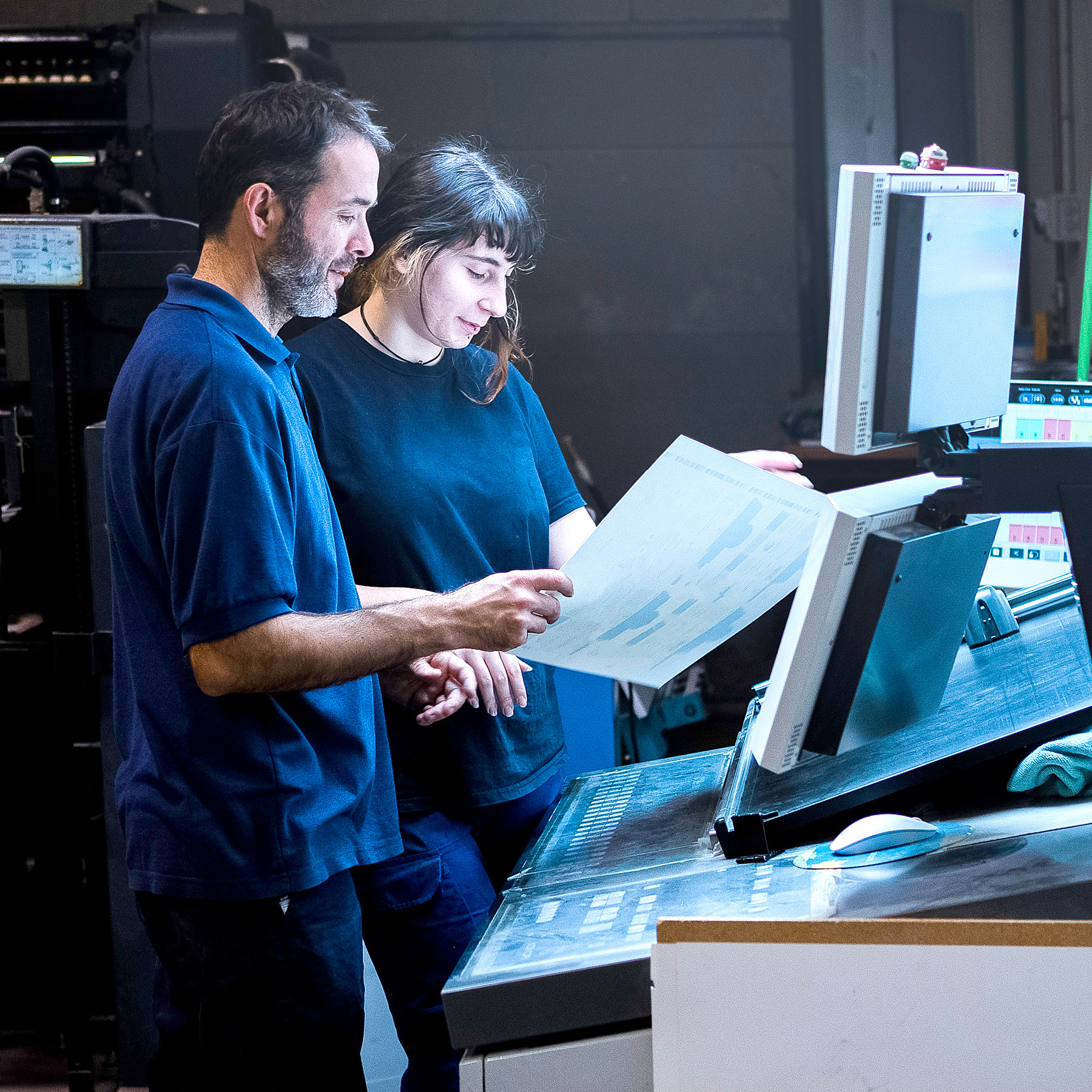The CEO of BlueCrest, Dennis P LeStrange understands the industry trends impacting elements of his business.

BlueCrest, a provider of market-leading solutions for print and mail customers, excels in a sector beset by decreasing postal volumes. But that hasn’t harmed growth in the slightest.
LeStrange has focused the company on capturing market share through innovation, strategic acquisitions and developing new ecommerce solutions for customers.
“Being innovative is critical, particularly in an industry that’s in decline, and is something we do well,” he tells The CEO Magazine.

Creating a culture
BlueCrest provides a wide range of inserters, printers, sorting equipment and software for the postal, parcel and ecommerce industries. It serves more than 10,000 active clients around the world including in-house mailers, outsourced print service bureaus and ecommerce logistics providers.
LeStrange assumed the reins of BlueCrest in 2019 shortly after the company was purchased by Platinum Equity as a carve-out from postage meter pioneer Pitney Bowes. The move, he explains, allowed the company to “blossom on its own. It had different cash needs and a different customer base than most of the other Pitney divisions.”
He quickly put his stamp on the firm, so to speak, beginning with BlueCrest’s company culture. The company inherited an experienced workforce from Pitney Bowes – an enormous benefit, according to LeStrange.
“But it was a Pitney experience and a Pitney tenure so our first aim was to change the culture,” he says.

Everything we do, we relate to our culture. Our success is just a result of our people and our employees, which is all based on culture.
The company established a new mission and vision, which centered on key behaviors, he adds. Those behaviors are incorporated in the acronym ICARE: innovation, collaboration, accountability, resourcefulness and enthusiasm.
“We’ve made that part of our company and that culture is part of a performance review on an annual basis; it’s part of our reward mechanism,” he says.
“Everything we do, we relate to our culture. Our success is just a result of our people and our employees, which is all based on culture.”
Rebranding and restructuring
LeStrange also set about restructuring elements of BlueCrest and building its brand.
“We’re constantly refreshing our brand,” he says. “We now bring our culture and cultural aspects into our brand as well as many of our new products and solutions. We bring ecommerce into the story from a production mail-only point of view.”
Part of the rebranding involves constantly communicating with customers through an advisory council and attending customer events so they better understand the company.
“It’s all about dialogue. You don’t get smarter if you stay in your office; you only get smarter when you step outside,” he points out.
BlueCrest operates in 17 countries, a differentiator from the competition, LeStrange says. Previously, it managed those markets from within the United States, a mistake LeStrange corrected.
“The only way you can really manage an international operation is outside of the United States,” he says. “You’ve got to have Managing Directors in the larger countries.”
He also emphasized growth, despite United States postal volumes declining by three-to-seven percent annually over the past decade.
“Postal volume is not growing; it’s not going to grow but that doesn’t mean BlueCrest can’t,” he explains. “Our total revenue has increased by 40 percent, half of which is through organic means, and the other half through acquisition.”

You don’t get smarter if you stay in your office; you only get smarter when you step outside.
BlueCrest’s equipment and solutions handle 70 percent of the total mail process in the United States, according to LeStrange, and remains unrivaled in providing end-to-end solutions.
“It’s inserting. It’s print, it’s sortation, it’s the related software and services that go with it,” he reveals. “There’s no other competitor who has that full end-to-end.”
The company also remains aggressive in markets with impressive growth, including vote by mail.
“We’re not doing any tabulation or that kind of thing. We are, however, sorting ballots, as well as printing and distributing them through our inserters,” he explains.
In areas such as small-package ecommerce and mailing loyalty and credit cards, LeStrange believes it’s about innovating to create a standardized process that works across a variety of needs. “Those kinds of things drive growth for us.”
The power of partnerships
Supply chains were strained during the COVID-19 pandemic, causing headaches for companies around the world; BlueCrest was no exception.
“We went from massive shortages on everything from metals to rosins and even electronics,” LeStrange recalls. “In the middle of that, you end up buying whatever you can in order to make sure that you can manufacture the rest of the product and get it out the door to the customer.”

The relationships with these key suppliers have to be like clockwork; it’s essential that there are formal, quarterly business reviews.
Post-pandemic, LeStrange explains that BlueCrest has been re-evaluating the company’s supply chains from a productivity standpoint and gaining efficiency out of its Enterprise Resource Planning.
“We’re looking at our entire manufacturing assembly process to bring productivity into that area, which is really very important. I don’t want a heavy concentration,” he says, in reference to the company’s contract manufacturers.
“If you have one particular product made by only one contract manufacturer and they have any disruption in their supply chain, it inevitably impacts you.”
The pandemic highlighted the importance of constant and ongoing communication. BlueCrest enjoyed substantial growth in its equipment revenue, which resulted in a need to flex with contract manufacturers as they produced more than ever during the depths of a supply chain crisis, according to LeStrange.
“The relationships with these key suppliers have to be like clockwork; it’s essential that there are formal, quarterly business reviews,” he says.
“One of the things we learned is that, where we thought we had good, strong communication, there’s always room for improvement. We recognized it and made it our priority.”



